Remote Data Science Jobs: 5 High-Demand Roles for Career Growth
Data Science Dojo
OCTOBER 31, 2024
For instance, Berkeley’s Division of Data Science and Information points out that entry level data science jobs remote in healthcare involves skills in NLP (Natural Language Processing) for patient and genomic data analysis, whereas remote data science jobs in finance leans more on skills in risk modeling and quantitative analysis.

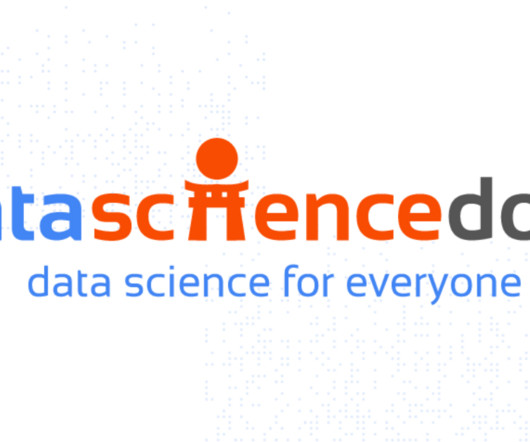

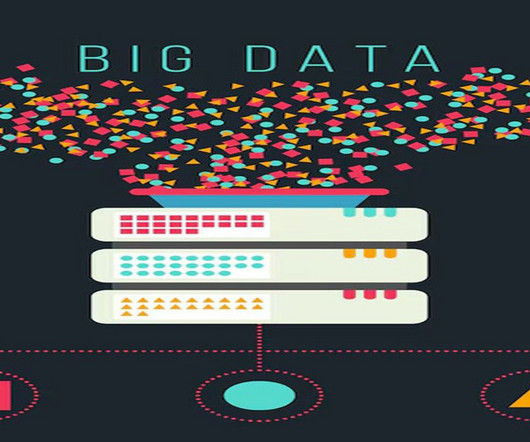
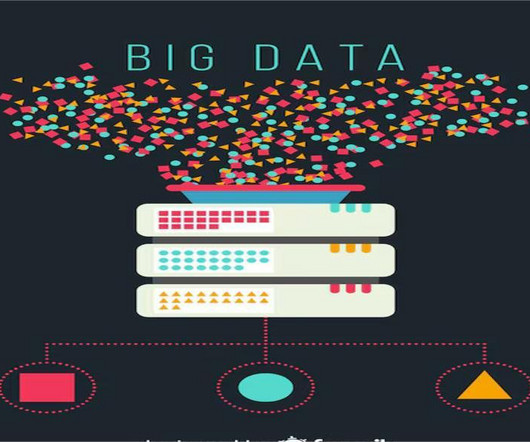




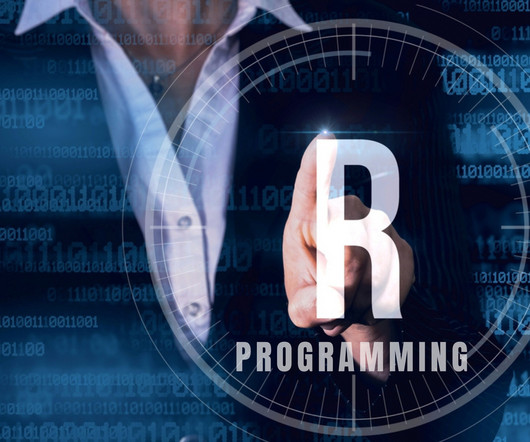
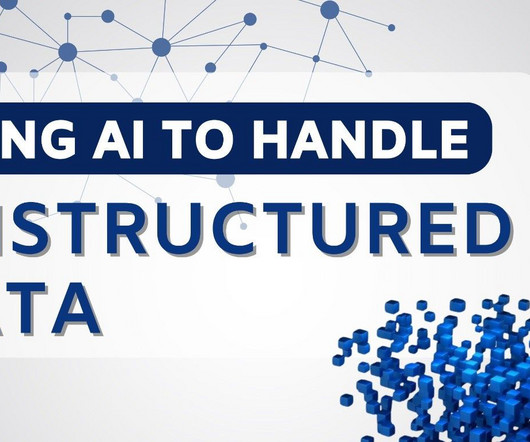

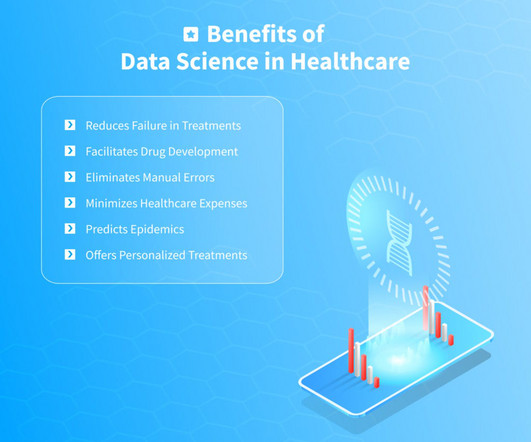






Let's personalize your content